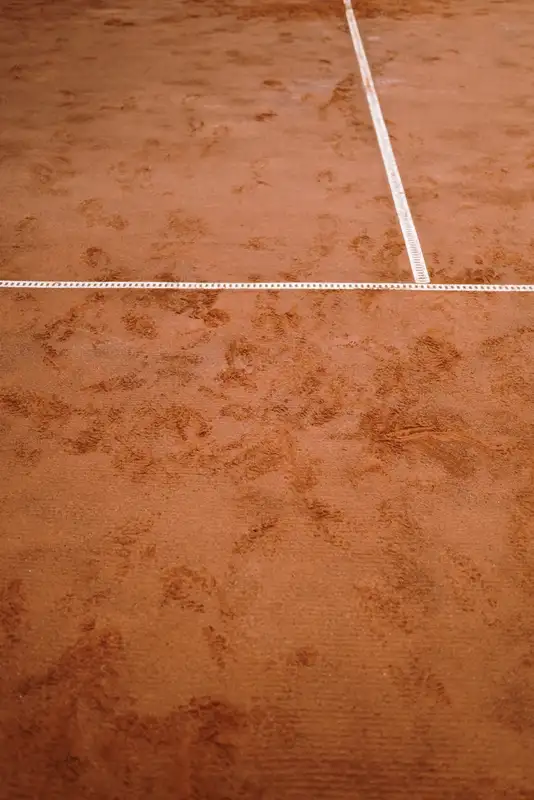In 2025, selecting the ideal tennis court flooring is crucial for enhancing performance, ensuring safety, and guaranteeing durability. Whether you’re constructing a professional-grade court or a casual backyard setup, the surface you choose will significantly impact playability, maintenance, and cost. This comprehensive guide explores the latest trends, court dimensions, maintenance tips, and technological advancements to help you make an informed decision.
When it comes to choosing tennis court flooring, the decision should be well-considered and not just based on aesthetics. Whether you’re aiming to create a top-notch facility for competitive players or a recreational space for weekend games, the surface material plays a pivotal role in influencing gameplay, upkeep, and expenses. The innovations in materials and smart features available in 2025 offer a wide array of personalized options to suit every player’s and court owner’s needs.
Exploring Different Tennis Court Surfaces
Tennis court surfaces are generally categorized into four main types: hard, clay, grass, and synthetic. Hard courts, typically constructed with an asphalt or concrete base and an acrylic top layer, provide a consistent bounce and are widely used in professional settings. Clay courts, favored by baseline players, slow down the ball and encourage longer rallies. Grass courts offer the fastest gameplay but require extensive maintenance. Meanwhile, synthetic surfaces, such as modular tiles, are gaining popularity due to their low maintenance requirements and customizable designs.
Matching Surface with Playing Style
Choosing the right court surface also depends on your playing style. Players who thrive on fast-paced serve-and-volley action may prefer grass or smooth acrylic courts. Those who favor top-spin heavy and strategic play might find clay courts more suitable. It’s essential to consider your physical needs as well; softer surfaces can reduce joint impact, making them a good choice for players of all ages. Professional court builders can provide guidance on court dimensions and ensure compliance with regulation standards for optimal performance.
Innovative Flooring Trends in 2025
This year, tennis court construction has seen advancements in stable materials, shock-absorbing surfaces, and digital technology. Smart courts now feature built-in sensors to measure ball speed and movement, enhancing training efficiency. While these innovations may increase initial construction costs, many view them as valuable long-term investments that outweigh the upfront expenses.
Maintenance and Longevity
Even the best-chosen surface requires regular maintenance. Keeping tennis courts clean prevents debris accumulation, which can degrade the surface, especially on clay and hard courts. Resurfacing is typically needed every 5 to 8 years, depending on usage and weather exposure. Resurfacing costs vary based on materials and location, but timely maintenance can prevent more significant expenses later. Additionally, refreshing court lines with new paint enhances both playability and visual appeal.
Budgeting and Installation Considerations
The cost of building a tennis court depends on factors such as surface type, location, and additional features like lighting or fencing. Hiring professional tennis court builders ensures precise measurements and a smooth, efficient installation process. Modular courts offer a quicker installation timeline and reduced labor costs, making them an attractive option for many.
Conclusion
In 2025, the ideal tennis court flooring is a blend of personal preference, performance needs, and budget considerations. With the advent of smart technology and advanced materials, today’s flooring options are more durable and worthwhile than ever before. Whether you’re embarking on a full-scale court installation or upgrading an existing setup, understanding the flooring requirements is essential for achieving the perfect tennis experience.
